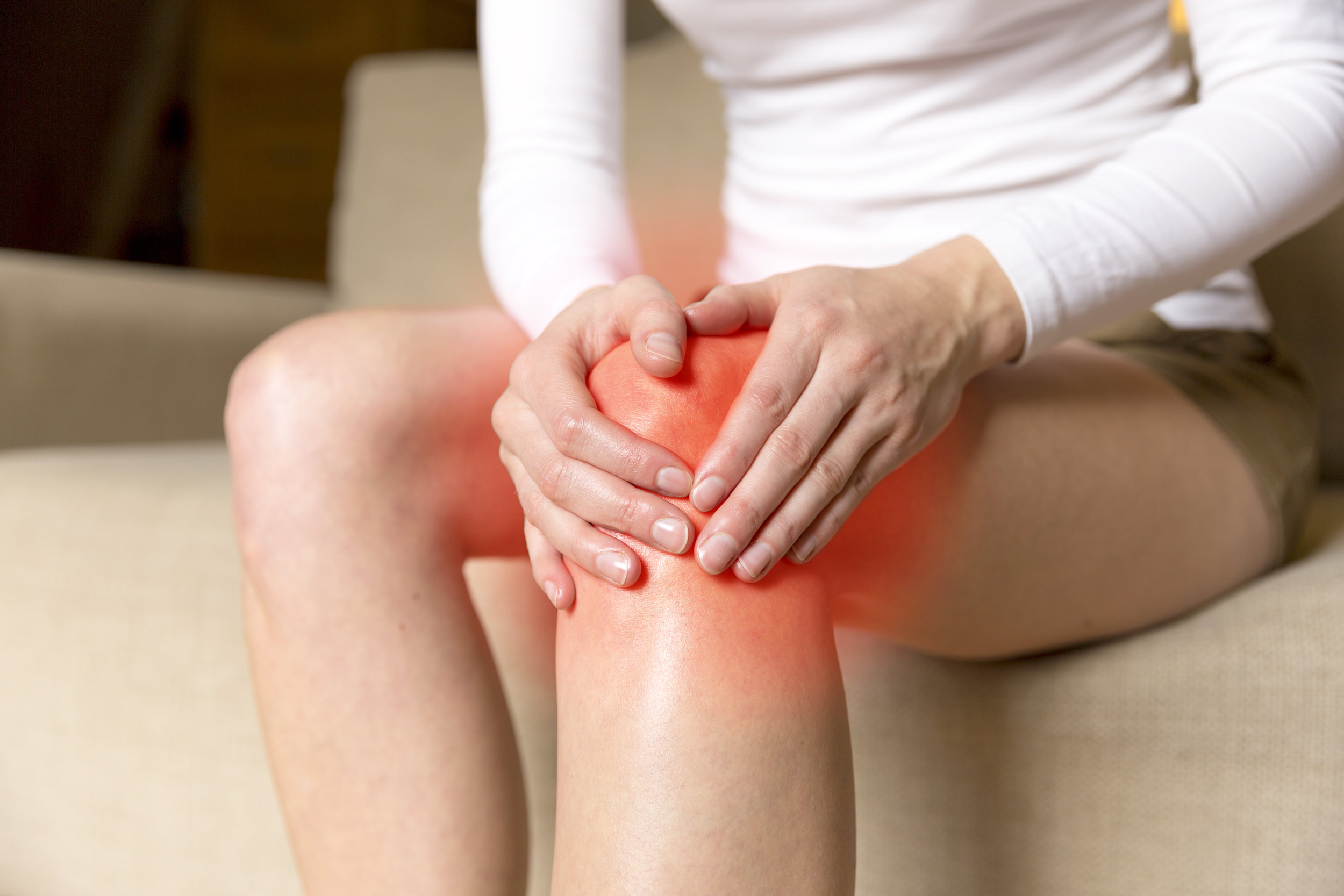The TOKA Ecosystem
TOKA for Patients
TOKA is a knee preserving orthopaedic surgery to treat knee pain in patients suffering from knee osteoarthritis

What is Knee Osteoarthritis?
Osteoarthritis of the knee is the most common joint disease in the world. Cartilage is a soft material which acts as a cushion between our joints. Osteoarthritis is caused when this cartilage in a joint is worn down over time. This results in the bones rubbing against one another, causing pain and stiffness. This can be due to a number of factors, with age and physical activity being among the most common.
In the knee, the loss of cartilage eventually leads to a misalignment of the leg due to an uneven weight load on one side of the knee joint, exacerbating these symptoms. The name of this alignment is called the mechanical axis. If it becomes misaligned, the affected leg will start bowing to one side.
What causes Knee Osteoarthritis?
When walking, much of the load is placed on the inside of the knee, due to the knees naturally ‘bowing’ slightly away from one another. This causes a greater amount of wear and tear on the cartilage on the inside of the knee. When combined with other factors such as age, this cartilage can become damaged, resulting in the bowing becoming progressively worse as the bones become closer together on the inside than the outside of the joint.
This in turn leads to more stress and more damage, creating a cycle that ends in osteoarthritis. An attractive option in this case is to modify the joint to more equally distribute the weight across the knee, rather than replacing the entire knee with an artificial joint; this surgical procedure is called High Tibial Osteotomy (HTO). It involves a cut into the top of the shin bone (tibia) which is slightly opened to change the leg’s structure, resulting in a less bowed leg and more weight carried by the healthier tissue.
What causes knee osteoarthritis?
Osteoarthritis of the knee is the most common joint disease in the world, a degenerative condition leading to knee pain and loss of mobility.
Symptoms of knee osteoarthritis include:
- Knee Swelling and stiffness
- Locked Knee
- Knee Redness and Burning Knee Pain
- Weakness or instability
- Noisy Knee Pain & Popping
- Inability to fully straighten the knee
- Knee Pain On Stairs
- Knee Pain from sport
- Knee Pain When Squatting
- Knee pain when kneeling
Knee osteotomy is a knee preserving surgery restoring patients’ active lifestyle
As well as reducing pain and stiffness, this procedure has several other advantages. Perhaps the most attractive benefit of this procedure compared to a total or partial knee replacement is that preserving the natural joint allows for more normal use of the knee following surgery. This includes activities that would usually be unlikely after knee replacement, including sport!
Knee osteotomy is, therefore, a joint preserving surgical treatment. Unlike knee replacement where the joint surface is permanently removed to host the artificial implant, in a well performed knee osteotomy the bone will regrow, and the reduced load often allows the damaged cartilage to regenerate.
Where knee replacement often leads to a sedentary lifestyle and associated other health conditions, a knee osteotomy can allow greater activity levels with the associated benefits of activity. Depending on age and level of activity, a knee replacement may need to be replaced after 10 to 15 years of use, requiring a ‘revision’ or follow-up operation, resulting in a greater risk of infection or complications.
“For younger and active patients, knee osteotomy is an attractive alternative to partial knee replacement (UKR) but also to total knee replacement (TKR).”

Read more info and exercise advice
for knee arthritis from Versus Arthritis here.
What Can be Done?
Reducing excess stress on the knee joint is very important both before and after a surgery for osteoarthritis. The best way to do this is to lose weight and undertake light physical activity. Wearing soft soled shoes reduces the impact while walking – try to avoid high heels and hard soled shoes. Regular exercise will help as long as it is not too intense – swimming should be beneficial but weightlifting or running on hard surfaces will not.
For knee osteoarthritis, a high-tibial osteotomy (HTO) is performed. The goal of this procedure is to alter the shape and alignment of the shin bone, restoring balance and allowing the joint to recover naturally. You can consult your GP to find out if a knee osteotomy is the best option for you.
The main benefit of an knee osteotomy is that it preserves the natural knee joint. During the knee osteotomy, a plate is fitted to hold the shin bone in place while it recovers, to ensure the leg aligns properly to the mechanical axis.
“For some, treatment may be as simple as losing weight, or even changing the shoes you wear. For many, a surgical solution is the best option.”
The TOKA solution
The current standard HTO procedure has a number of flaws. Perhaps the most significant of these flaws is the shape of the plate fitted to the shin bone. Currently, the plates used come in a few sizes, but are otherwise a generic “one size fits all” solution.
TOKA solves this problem by taking a 3D scan of the shin bone and creating a plate tailored to each patient.
The procedure requires a stabilising plate to support the tibial cut while it heals after the surgery. While traditional methods use a standard plate, TOKA offers a bespoke titanium 3D-printed implant which precisely fits the bone, potentially reducing the irritation to the surrounding skin and pain caused by larger ‘one size fits all’ solutions.
The plate is structurally optimised to be using for daily activities, and to encourage bone healing, resulting in a smaller profile and a faster recovery, following an initial period of reduced weight-bearing.
“Due to the current generic “one size fits all” solution, these plates rarely provide a good fit for the patient’s shin bone. This can result in significant discomfort during the knee osteotomy recovery period, which can take up to six months whereas TOKA applies novel technology to deliver pioneering knee osteotomy surgery precisely tailored to each patient.”
